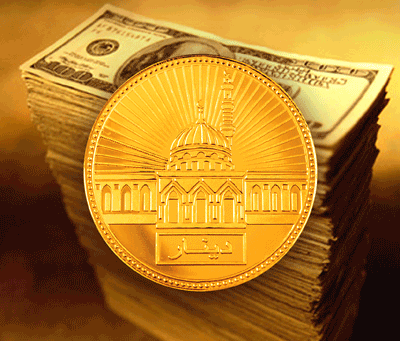Introduction to Banking
Post on: 3 Июнь, 2015 No Comment

What interest rates does your current bank pay? Are you leaving significantly more money in your checking account than you need to pay the monthly bills? Do you know where the best interest rates are for a money market account? Have you checked out the possibilities of online banking? Do you know where to find a list of local ATMs that won’t charge you any fees? Do you know the difference between APY and APR?
Hey, hey, wait a second, you’re saying. I just innocently clicked over to this area to find out a little bit about my bank. I didn’t expect the Spanish Inquisition. Well, as others more comedically talented than ourselves have pointed out before, nobody expects the Spanish Inquisition. But perhaps it’s time that you put yourself through the third degree. What’s going on in the banking industry today shows that most consumers are not giving their banking behavior much, if any, inquiry — and the consequences are significant. Just as brokers, credit card companies. the mutual fund industry, and car dealers have been preying on consumers who don’t know the rules of the game, banks are counting on their customers not doing even the least little bit of homework before opening an account.
Consider these facts:
- More than $1 trillion is currently in low (or no) interest checking and savings accounts.
- ATMs currently charge fees as high as $5 for a single transaction. Banks make more than $2 billion annually on ATM fees alone.
- There is virtually no use at all today for the inappropriately named savings account, yet it remains one of the most popular ways for Americans to store their money.

Here at the Fool we’ve made a big deal for a long time about how mutual funds underperform the market’s indexed returns. Over the last 30 years, the average managed equity mutual fund has trailed an S&P index fund’s returns by about 2% per year — and that really bugs us. But, right now, the majority of money put into checking and savings accounts is seeing a return that is closer to 3% less than what is regularly available from equally insured and convenient accounts.
There are some good reasons that it is much, much more expensive to bank with the PhirstCitiBancs whose commercials you regularly see on nationally televised sports games. After all, there’s a lot of marble that has to be hewn out of Italy, flown over on the Concorde, and kept clean in those cavernous downtown branches where they shoot those lovely commercials. Those powerful CEOs of the biggest banks also need (need, we’re telling you!) some very extravagant corporate jets. And don’t forget the cost of having a football stadium or sports arena named after a bank. If you like seeing a stadium on ESPN’s SportsCenter and being able to point at the screen and say, Hey, my checking account fees helped name that place! — by all means, keep banking there and skip the tedious chore of wading through the rest of our banking info. (We hope you’ll stick around, though. We’ve kept this area as short and sweet as possible.)
The games and tactics banks use to keep their customers in the dark about their options are the same ones the Wise men of Wall Street and other financial industries have been using to keep customers in the dark. Here are some signs that banks are deep in the Wisdom racket:
- The use of jargon to keep the customer confused.
- Offering high introductory interest rates and then quietly lowering them.
- Hiding the fees and costs in the small print.
- Loudly proclaiming the value of expensive personalized service.
As you peruse this section on banking, keep in mind that your ultimate goal with banks should be to obtain the services and convenience you need, with the lowest costs and the highest interest rates available. If you’re ready to bank online. you’ll almost certainly find that the lowest costs and the highest interest rates are available there.
If you aren’t yet ready to give online banking a shot, and even if you are, the first thing you need to do is identify your banking behavior and set some easy goals for yourself.
Now, on to the question. do you really need to switch banks ?














